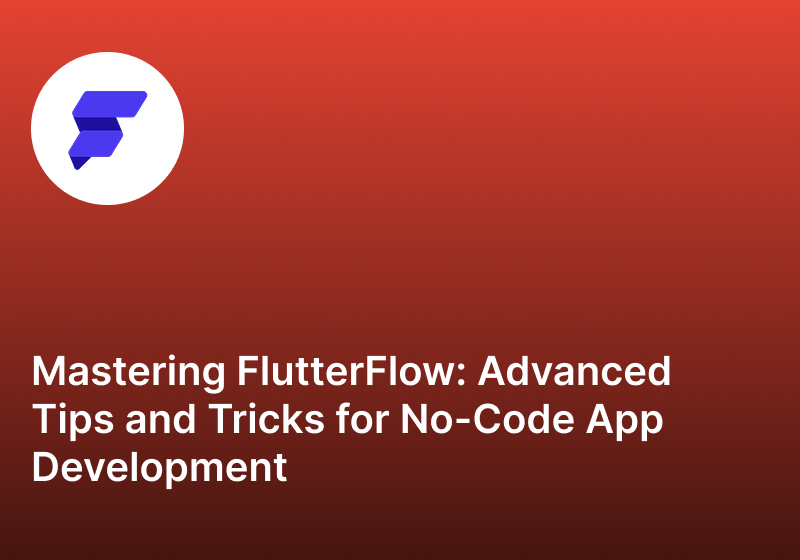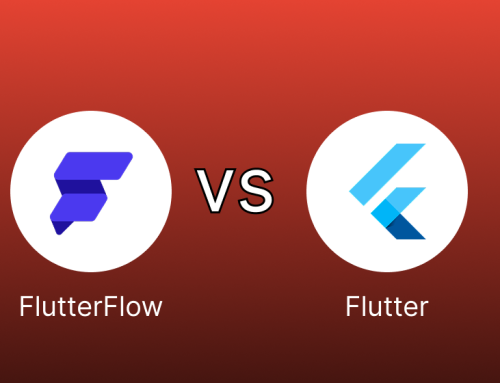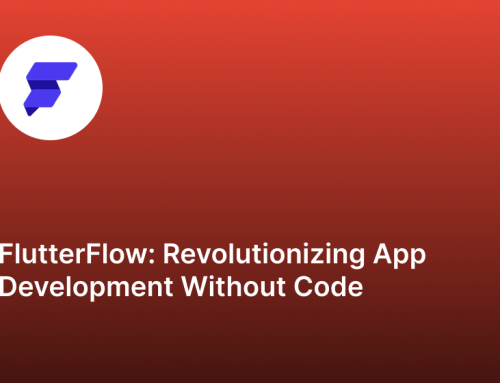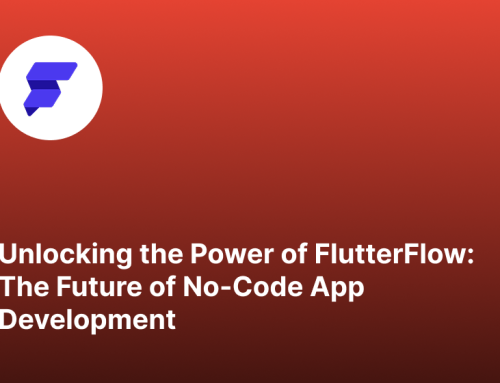FlutterFlow has redefined how applications are built by offering a no-code platform that combines flexibility, speed, and powerful integrations. While beginners can quickly grasp its drag-and-drop features, mastering advanced functionalities can help you create feature-rich, high-performance applications with ease. In this blog, we’ll dive deep into expert tips and tricks to maximize your FlutterFlow experience.
Why Go Beyond the Basics in FlutterFlow?
While FlutterFlow makes it easy to build functional apps without code, understanding its advanced features can help you:
- Build scalable and dynamic applications.
- Improve performance and user experience.
- Leverage external APIs and third-party integrations effectively.
- Customize designs beyond pre-built components.
1. Optimize UI Performance
Performance optimization is key for a smooth user experience. Here’s how to ensure your FlutterFlow app runs efficiently:
- Use Lazy Loading for lists and images to reduce memory consumption.
- Avoid excessive nested containers and widgets that can slow down rendering.
- Optimize images by using proper resolutions and compressions.
2. Advanced API Integrations
FlutterFlow makes API integration seamless, but for more control, follow these best practices:
- Use Custom API Calls to connect with dynamic data sources.
- Secure your APIs with authentication tokens.
- Parse JSON responses efficiently using built-in data mapping tools.
3. Leverage Custom Functions and Actions
For additional customization beyond the built-in features, you can:
- Implement Custom Functions using Dart for complex calculations.
- Use Custom Actions to execute app logic in response to user interactions.
- Store reusable functions to maintain cleaner code and improve workflow efficiency.
4. Enhancing UX with Animations and Transitions
Great UI is not just about aesthetics—it’s about interaction. Make your app stand out with:
- Smooth Page Transitions to create engaging user journeys.
- Lottie Animations for dynamic and interactive elements.
- Micro-interactions like button hovers, loading indicators, and animated icons.
5. Firebase Advanced Features
FlutterFlow’s Firebase integration goes beyond basic authentication and database storage:
- Use Firebase Firestore Rules to manage user permissions securely.
- Implement Push Notifications to increase engagement.
- Set up Cloud Functions for backend automation without managing a server.
6. Deploy Like a Pro
Before launching your app, ensure you follow these deployment best practices:
- Use FlutterFlow’s Debug Mode to test app behavior and fix errors early.
- Implement App Versioning to track updates and avoid user disruptions.
- Monitor app performance with Google Analytics & Crashlytics integrations.
Conclusion
Mastering FlutterFlow requires going beyond basic app-building techniques. By leveraging advanced UI optimizations, API integrations, animations, Firebase enhancements, and deployment best practices, you can create robust and scalable applications with ease.
Are you ready to take your FlutterFlow skills to the next level? Start exploring these advanced techniques and unlock the full potential of no-code development today!



